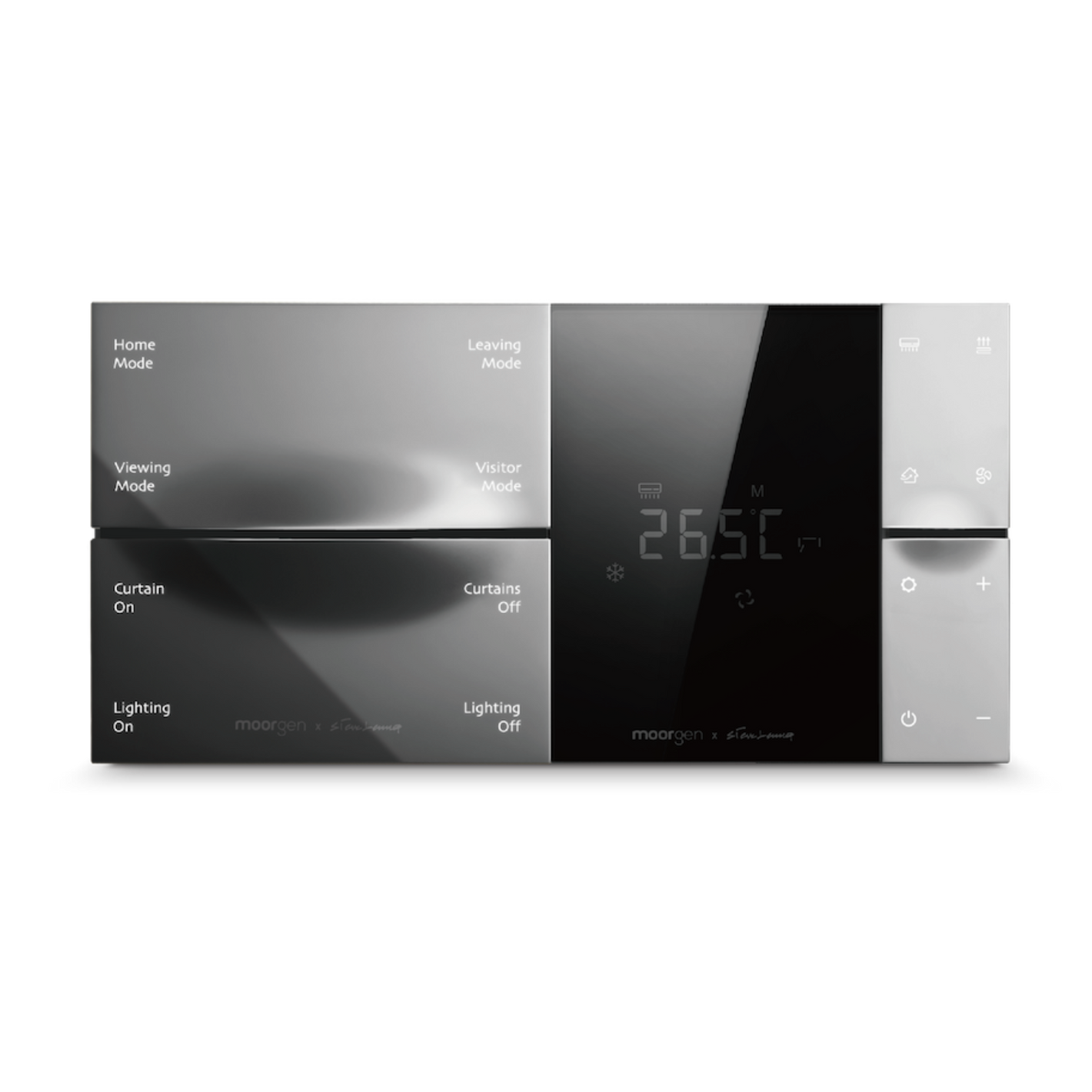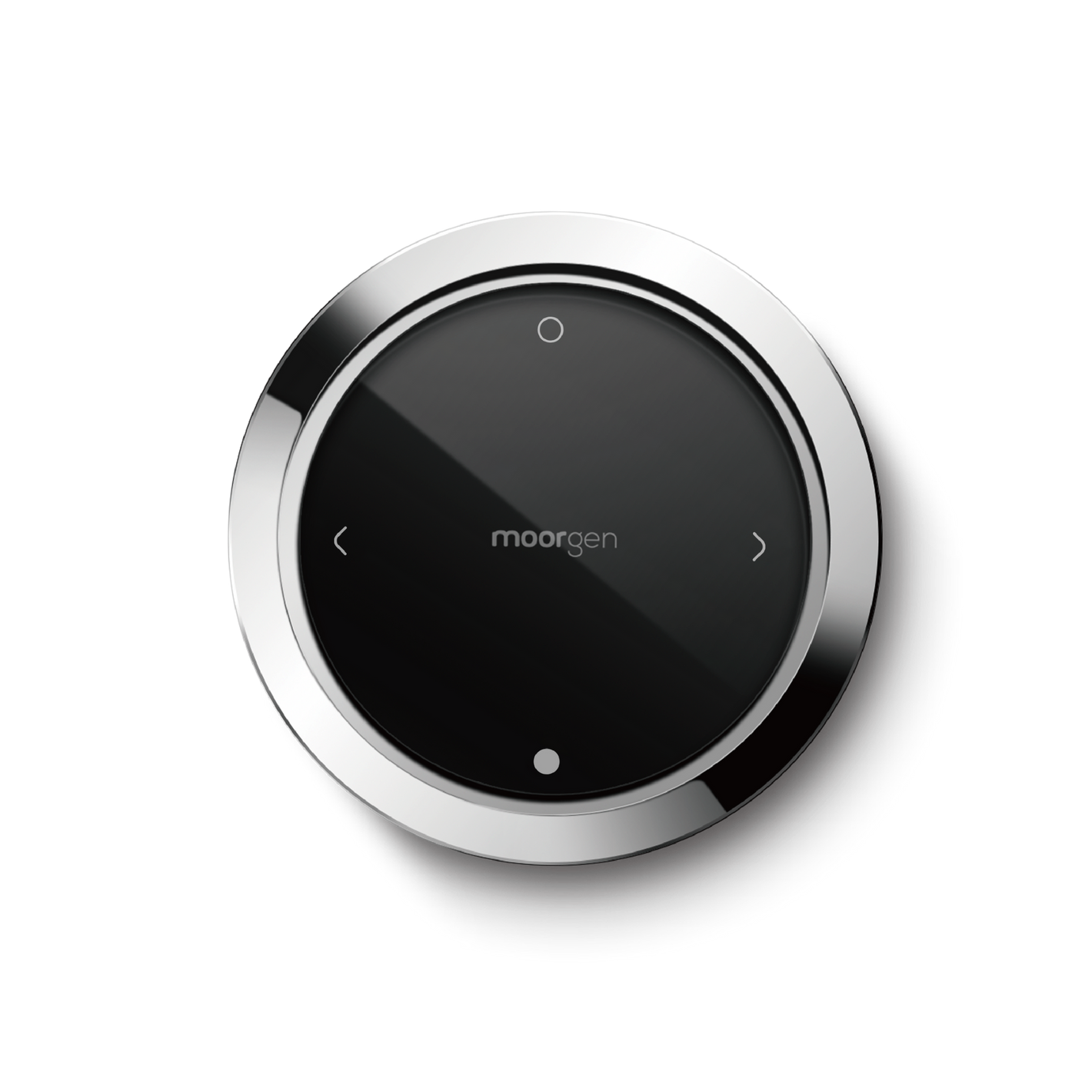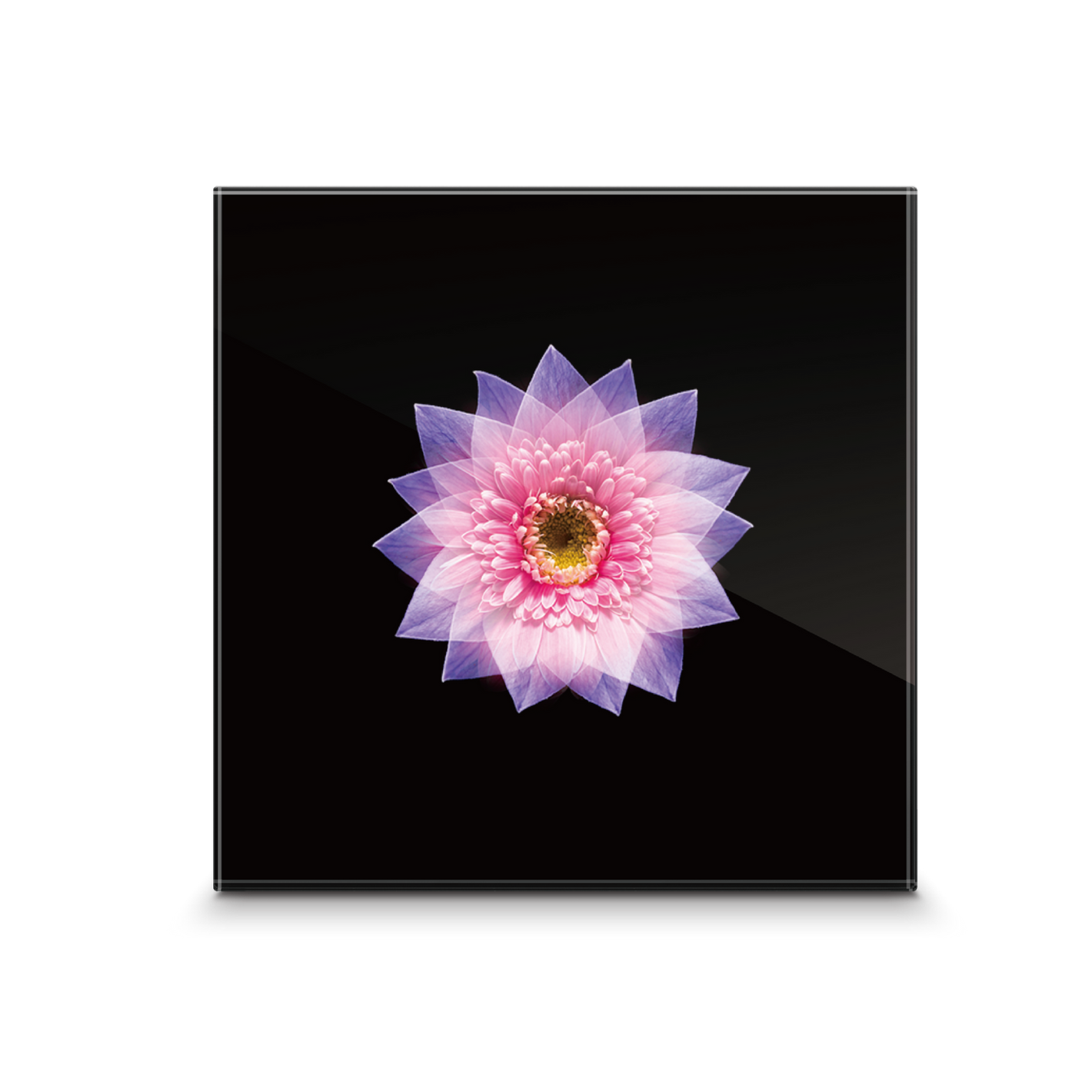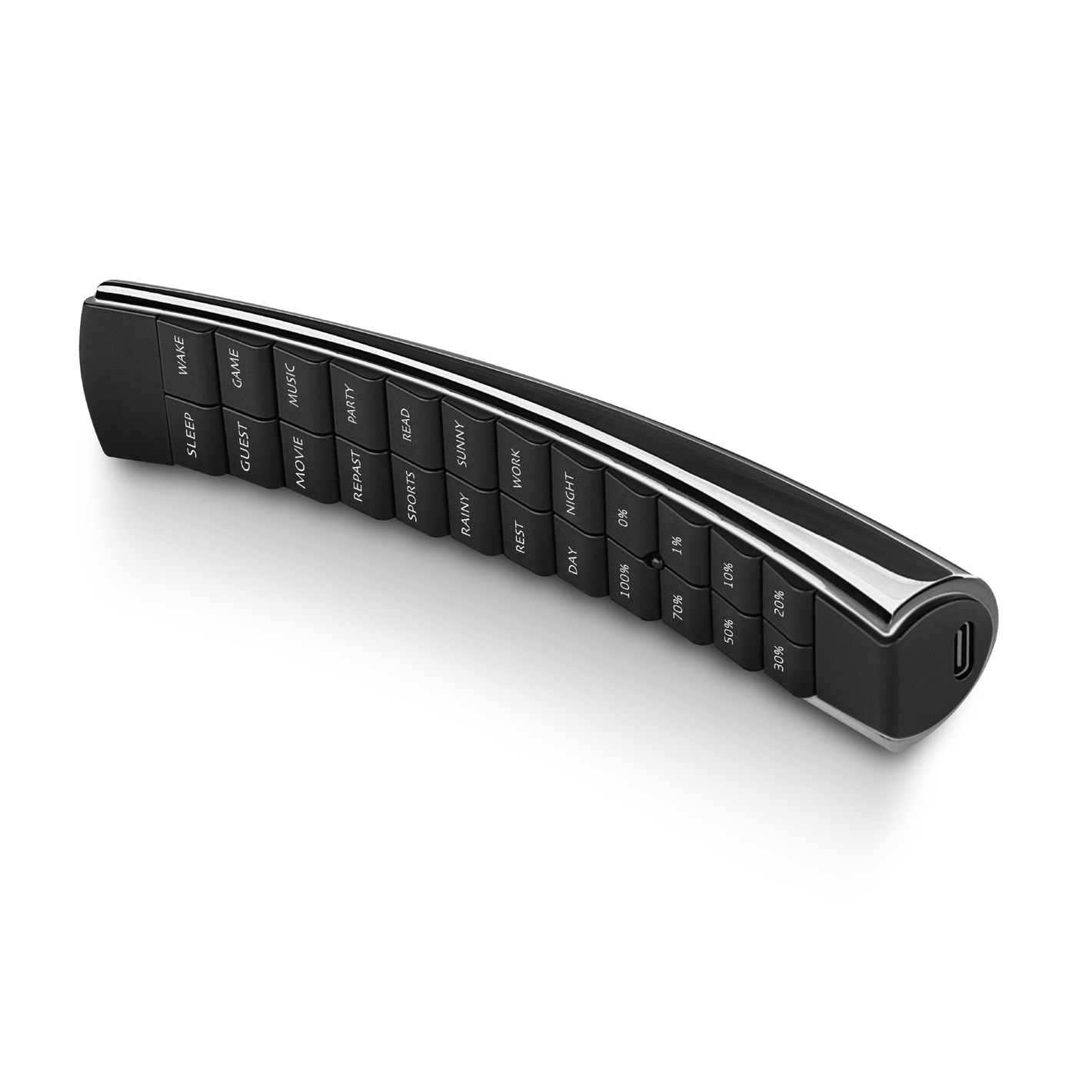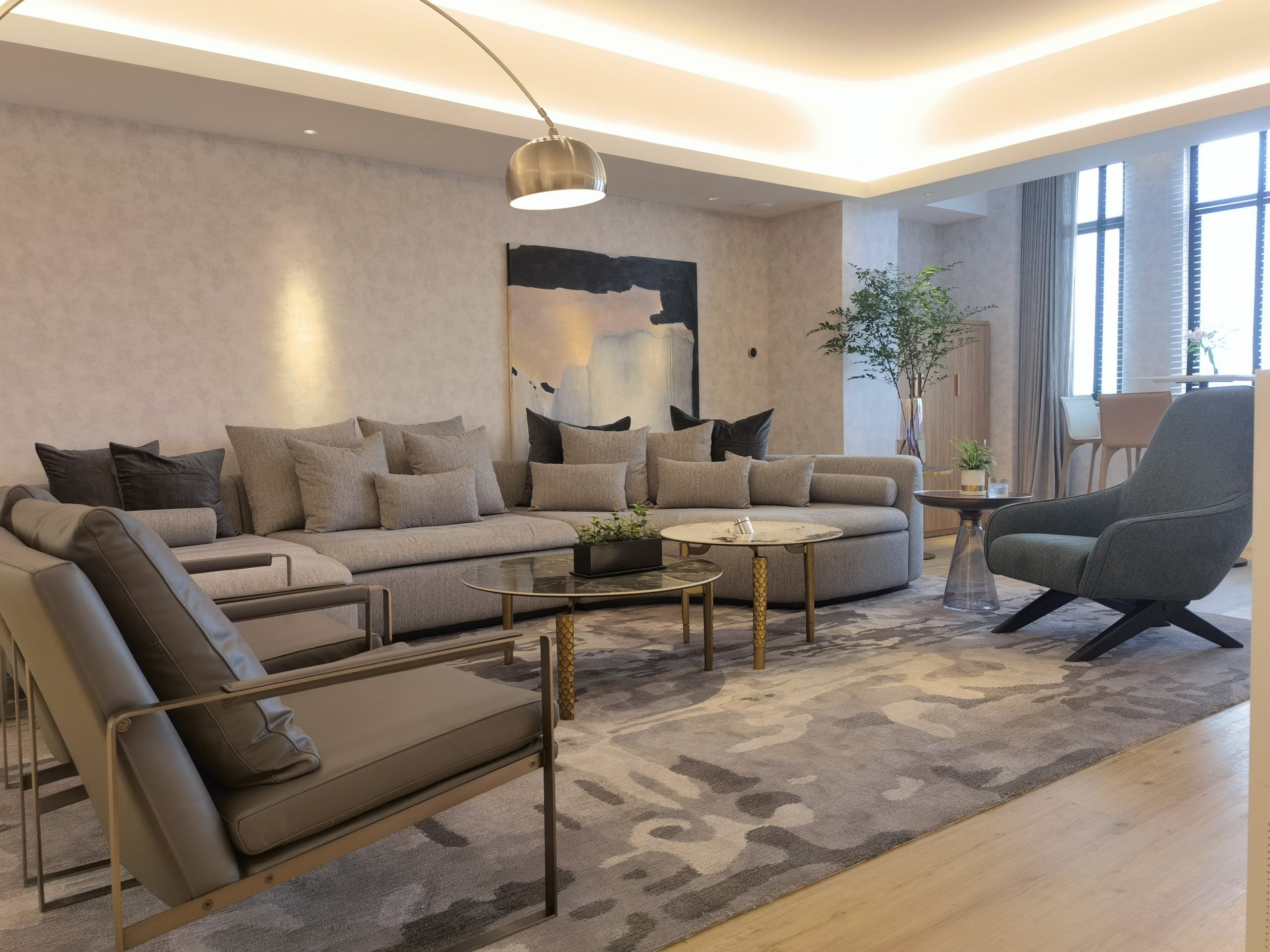Home Security: How Focal Length Affects Surveillance Camera Footage - How to Choose?
In Hong Kong, surveillance cameras (IP Cams) are a popular choice for home security. But how does the focal length of a lens impact your monitoring performance? This article breaks it down for you.
What is Focal Length?
Focal length is a key parameter in optical systems. It’s the distance from the lens to the point where parallel light rays converge, known as the focal point. Measured in millimeters (mm), focal length directly affects image quality and presentation, whether in surveillance or regular cameras.
Relationship Between Focal Length, Viewing Angle, and Distance
- Longer Focal Length: Narrower viewing angle, greater monitoring distance.
- Shorter Focal Length: Wider viewing angle, shorter monitoring distance.
Common Focal Lengths and Applications
When choosing surveillance cameras, common focal lengths include 2.8mm, 4mm, 6mm, and 8mm. Here’s what you need to know:
2.8mm Focal Length
- Viewing Angle: Approximately 100 degrees
- Suitable Scenarios: Ideal for large areas like parking lots and malls. Offers a broad view but less detail on distant objects.
4mm Focal Length
- Viewing Angle: Approximately 90 degrees
- Suitable Scenarios: Perfect for medium-range monitoring, like office entrances and storefronts. Balances viewing angle with detail clarity.
6mm Focal Length
- Viewing Angle: Approximately 60 degrees
- Suitable Scenarios: Great for focused areas like residential doorways and driveways. Balances viewing angle and detail.
8mm Focal Length
- Viewing Angle: Approximately 40 degrees
- Suitable Scenarios: Best for long-distance monitoring of specific targets like gardens and warehouses. Provides high detail but a narrow view.
Functions of Focal Length
Viewing Angle (Angle of View)
- The maximum field of view from the lens’s apex to the observation target.
- Shorter focal length = wider viewing angle; longer focal length = narrower viewing angle.
Depth of Field
- The range within which the lens can capture a clear image.
- Shorter focal length = greater depth of field; longer focal length = shallower depth of field.
How to Choose the Right Focal Length?
Choosing the right focal length depends on several factors:
Size of the Monitoring Area
- For large areas, choose shorter focal lengths (e.g., 2.8mm or 4mm).
- For specific or long-distance targets, choose longer focal lengths (e.g., 6mm or 8mm).
Detail Requirements
- For high-detail needs, opt for lenses with longer focal lengths for clearer images.
Installation Location and Environment
- Choose a focal length based on the environment. For narrow corridors or doorways, shorter focal lengths provide a wider view.
Conclusion
Selecting the right focal length for your surveillance camera can greatly enhance your monitoring effectiveness. By considering the monitoring area, detail requirements, and installation environment, you can achieve optimal results. We hope this article helps you understand the characteristics of different focal lengths and make the best choice for your needs. For a firsthand experience of how smart homes can improve your life, visit Moorgen’s showroom in North Point, Hong Kong, to experience "real smart home" solutions.
Frequently Asked Questions
How do I determine which focal length suits my monitoring needs?
Identify the size of the area you need to monitor and the level of detail required. For large areas, choose shorter focal lengths (e.g., 2.8mm). For long-distance targets, choose longer focal lengths (e.g., 8mm).
What is the relationship between depth of field and focal length?
Depth of field refers to the distance range within which the lens can capture clear images. Shorter focal length lenses have a greater depth of field, while longer focal length lenses have a shallower depth of field.
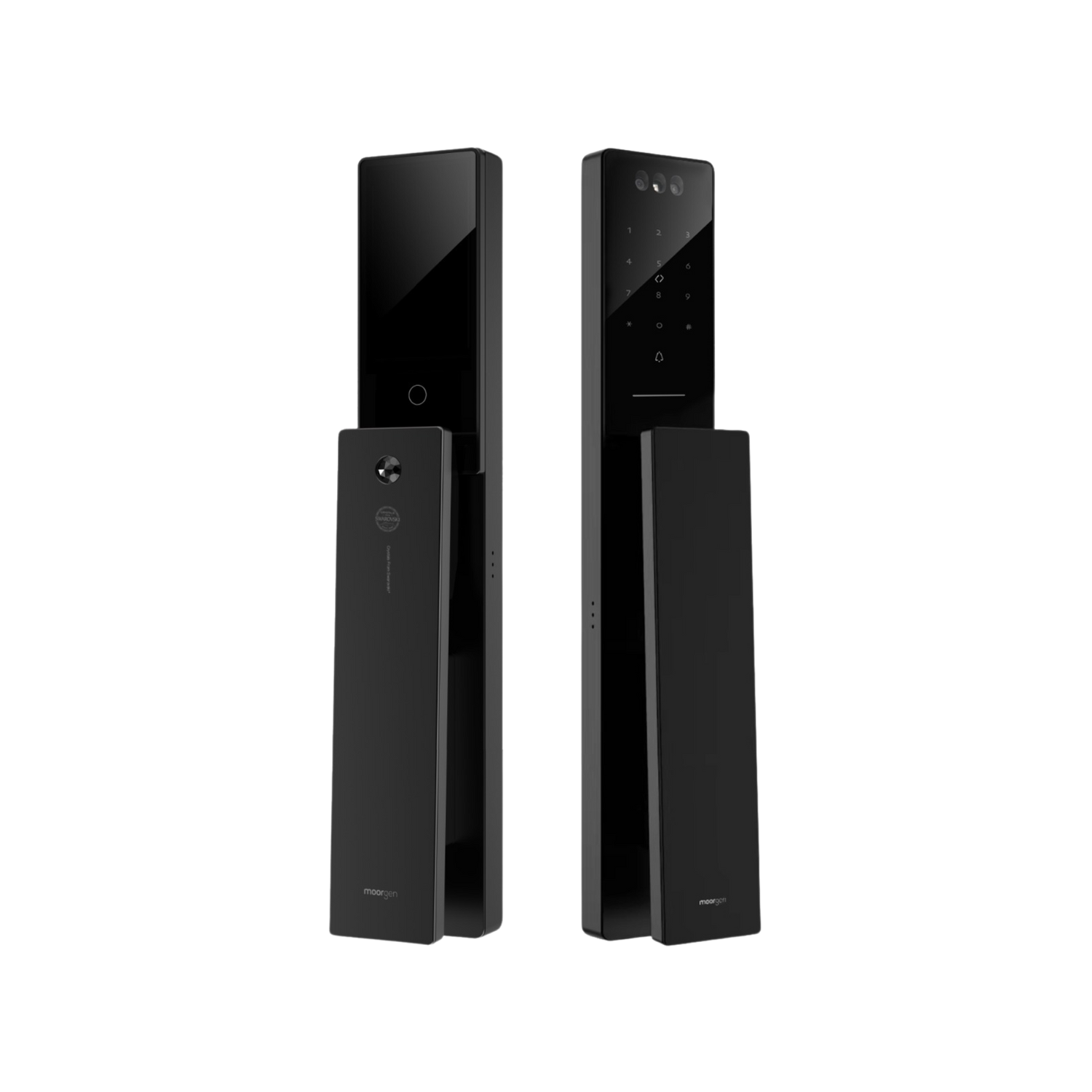


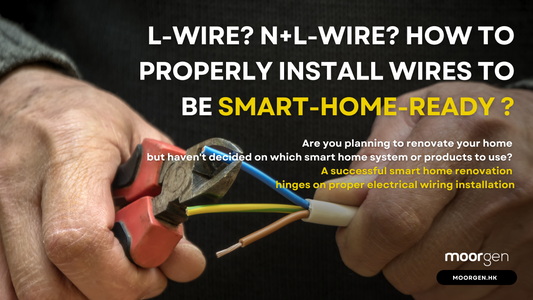

![[Smart Living] How to Choose a Smart Power Strip? Swift Transform Your Home into a Smart Home!](http://moorgen.hk/cdn/shop/articles/blog_cover_moorgen_how_to_choose_smart_power_strip.png?v=1728137093&width=533)
![[Smart Living] How to Choose LED Bulbs? Which Ones Are the Most Energy-Efficient?](http://moorgen.hk/cdn/shop/articles/blog_cover_moorgen_how_to_choose_led_bulbs.png?v=1728136975&width=533)
![[Smart Living] How to Choose an Instant Hot Water Dispenser and Use It Efficiently?](http://moorgen.hk/cdn/shop/articles/blog_cover_moorgen_how_to_choose_instant_hot_water_dispenser.png?v=1728136837&width=533)
![[Smart Living] 5 Energy-Saving Tips for Electric Kettles](http://moorgen.hk/cdn/shop/articles/blog_cover_moorgen_energy_saving_tips_electric_kettles.png?v=1728136710&width=533)
